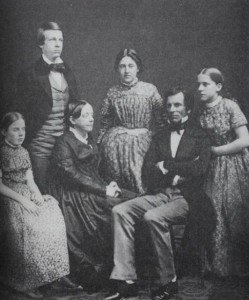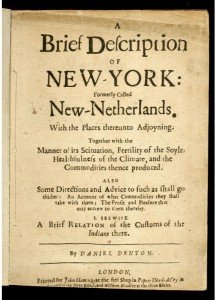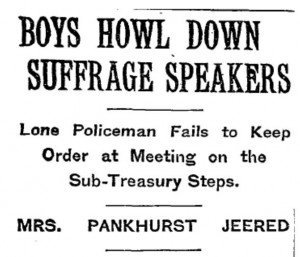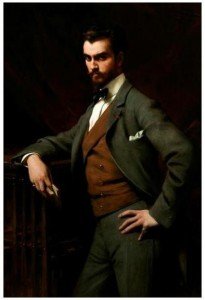 Manhattanites are agitating on behalf of the home of one of the city’s leading 19th Century agitators–Abigail Hopper Gibbons. She and her husband James S. Gibbons ran a strongly documented Underground Railroad site in Manhattan, at what is now 339 West 29th St., near 8th Avenue.
Manhattanites are agitating on behalf of the home of one of the city’s leading 19th Century agitators–Abigail Hopper Gibbons. She and her husband James S. Gibbons ran a strongly documented Underground Railroad site in Manhattan, at what is now 339 West 29th St., near 8th Avenue.
A hearing is scheduled for tomorrow, Tuesday, Feb. 12, at the Bureau of Standards and Appeals, over a developer’s decision to add fifth floor to the four-story building, in violation of historic preservation rules.
Read more








